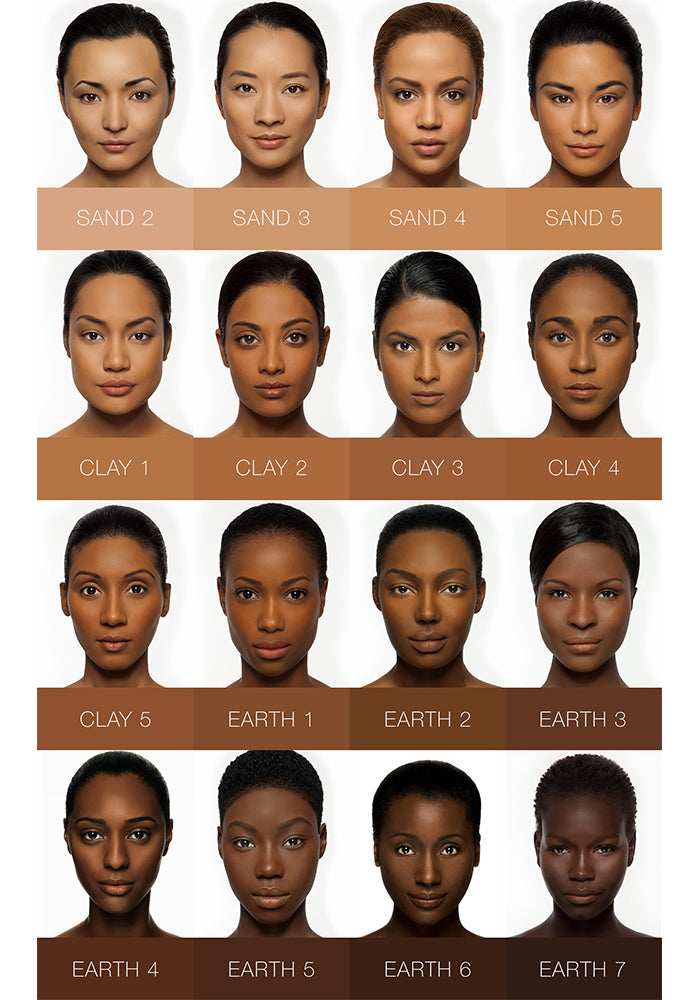

In 1994, supermodel Iman started her own makeup brand, IMAN Cosmetics, largely because she thought makeup manufacturers had overlooked all women of color — blacks, Latinas, Asians.
“If you look at the customer by skin tone, there’s a lot of overlapping,” Reid says. “You’ll find dark skin tones in Indian women, Hispanic women, so we didn’t want to break down women by ethnicity. We included everybody.”
IMAN Cosmetics partnered with Procter & Gamble in 2004 and can now be found at retailers such as Target, Walmart, Walgreens, and Duane Reade. But longtime customers remember when J.C. Penney carried the brand. Yursik is one of them.
Today, women of color also have the option of wearing foundation from mainstream brands such as M.A.C., Bobbi Brown, Makeup Forever, Nars, and Lancôme. And, likely due to the Fenty effect, Kylie Cosmetics recently debuted a 30-shade foundation line. Smith, of Marjani Beauty, says that makeup manufacturers need to offer at least 20 shades to serve a diverse clientele.

“Just adding five, six or seven shades, [customers] would have to make some compromises,” she said.
An attorney by trade, Smith started Marjani last year because she wanted to give women of color more makeup options than found at either drugstores or department stores. Marjani offers foundations from brands across the globe, including Omolewa Cosmetics, Maréna Beauté, and AJ Crimson. She says that for far too long black women essentially “became chemists at home,” mixing shades to make the right foundation for their skin.
Once they find a foundation that matches their skin tone, it may not be suitable for them, Washington says: “The brand might have too much oil or too much silicone.” She adds that finding foundation with the right undertones can still be a tricky undertaking for women of color.
Moreover, as consumers have grown more cautious about the chemicals in their makeup, women of color want “green” makeup options. But emerging makeup brands in this sector, such as 100% Pure, Tarte, and Kjaer Weis, don’t have many foundation options for women of color. B.L.A.C. Minerals does offer mineral foundation to such customers, but darker-skinned women looking for heavier coverage have been left wanting.

“To find the full-coverage foundation coming from this natural and green space — we’re not seeing ourselves reflected in it yet,” Yursik says.
Social media may change that. Reid views it as the cosmetic industry’s great equalizer. Had the technology existed decades ago, makeup manufacturers and department stores that claimed women of color don’t wear makeup would have undoubtedly been proven wrong.
“I’ve worn plenty of products that are not targeted to me,” Reid says. “We’ve always been doing this by trial and error. Now companies are looking at social media, especially Instagram and Youtube, and looking at who’s wearing their products and how much they’re spending. They’re asking, ‘Why aren’t we talking about them?’”
